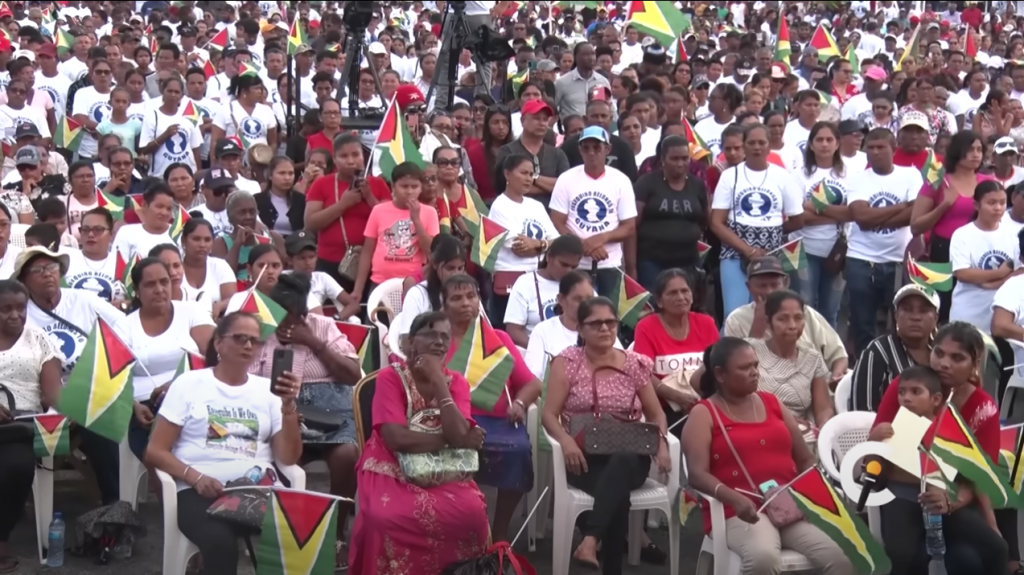
[This is Part II of a series on the conflict in Essequibo. Part I is accessible here.—Editors]
Flashbacks, possibly nightmares, haunt the ghost of an old empire.
In December 2023, 57 years after the sun and Union Jack descended over British Guiana, Britain’s HMS Trent, a Royal Navy patrol vessel, was spotted sailing into a Guyanese harbor. “Nothing that we did in the past or we will do in the future is to harm or will affect Venezuela and the territory of Venezuela,” stated Guyana Vice President Bharrat Jagdeo. “A lot of these measures were long planned and they are routine and are part of building a defensive capability. Nothing that we do or we have done has threatened Venezuela. We don’t plan on invading Venezuela.”
In response, Venezuelan President Nicolás Maduro, perceiving the arrival of a British warship so close to his country’s eastern border as a “threat,” initiated Joint Operation General Domingo Antonio Sifontes. The defensive military exercises, undertaken by the Bolivarian National Armed Forces (FANB), comprised the deployment of 5,682 soldiers, three ocean patrol vessels, seven missile boats, 12 Sukhoi aircraft, and other military hardware to the Eastern Caribbean.
“This threat is unacceptable to Venezuela and to any country in the region,” Maduro said in a nationally televised broadcast. “We have taken an initial step, still in its first phase…We won’t start anything with anyone, but we won’t let anyone come and harm Venezuela.” He concluded that his country has every “right to defend itself, to tranquility, to peace.” The Venezuelan government also released a statement accusing Britain’s actions to be in cahoots with recent military exercises conducted between the United States Southern Command and Guyana’s air force.
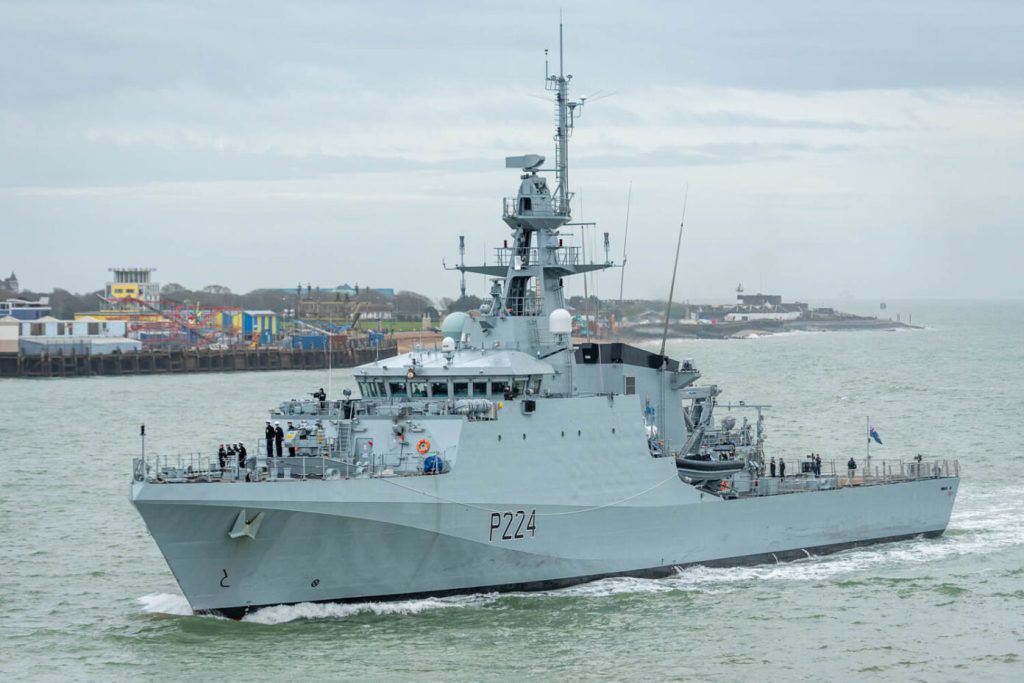
Tensions between Venezuela and Guyana come amid a century-plus-long territorial dispute over 159,500 square kilometers (61,600 square miles) of unspoiled, natural-resource-endowed land called Essequibo. Beneath its soil, resting in its entirety within Guyanese territory, lies an estimated 25 billion barrels of oil. Discovered over the course of the past eight years by ExxonMobil, the find could allow Guyana to produce more crude per citizen than any other country on Earth, thus, radically improving the living standards of its citizenry. In 2022, the International Monetary Fund marked the South American country as having the highest GDP growth rate in the world, at 62.3%.
Corporate and a good number of progressive media outlets headquartered in the Global North, so I have been told, have depicted Venezuela as being the sole provocateur in this geopolitical row. Indeed, Maduro has been on the rhetorical offensive, threatening to reincorporate Essequibo into Venezuelan territory, telling oil drilling companies operating in the region to cease all operations within three months, and vowing to bestow Venezuelan citizenship upon all residents living in Essequibo. The antecedents to this territorial dispute, however, predate the discovery of oil by well over a century.
Part 1: Complexities Wrought by Colonialism (Brief Background)
Essequibo was incorporated into Venezuela, “Little Venice,” following the country’s independence from Spain in 1811. To the east lay the Guyanas, carved-up settler colonies run by the Netherlands, France and, ultimately, Britain.
Prior to British governance of present-day Guyana, the territory was colonized by the Dutch, who divided the region into three separate entity-states known as Essequibo, Berbice and Demerara. In 1814, Britain purchased Guyana from Holland, thus, merging the three territories into one and renaming it British Guiana. The latest settler colony, however, never established its western border with recently independent Venezuela.
Decades later, Britain’s Royal Geographical Society contracted German-born Robert Schomburgk, a diplomat and land surveyor at the behest of British colonialists to outline the country’s western border. Schomburgk’s cartographic delineations—the Schomburgk Line—arbitrarily added the Essequibo region to British Guiana in 1840. With ever metastasizing seeds of settler colonialism implanted, disputes between Guyana and Venezuela over the territory have persisted ever since.
Part 2
Disadvantaged by numerous internal armed conflicts and Perfidious Albion (acts of diplomatic treachery) stationed in the neighboring British Guiana, not to mention Britain’s willingness to allow U.S. intervention in Essequibo under the Monroe Doctrine, Venezuelan officials sought international arbitration to settle the matter. They’d argue their case, that the Essequibo River formed its natural eastern border, a fact recognized at the time of its independence from Spain, before an international tribunal based in Paris. Unmoved by calls for redress and even one U.S. lawyer who denounced the judges as being partial, the magistrates awarded Essequibo to Britain’s South American outpost country in 1899.
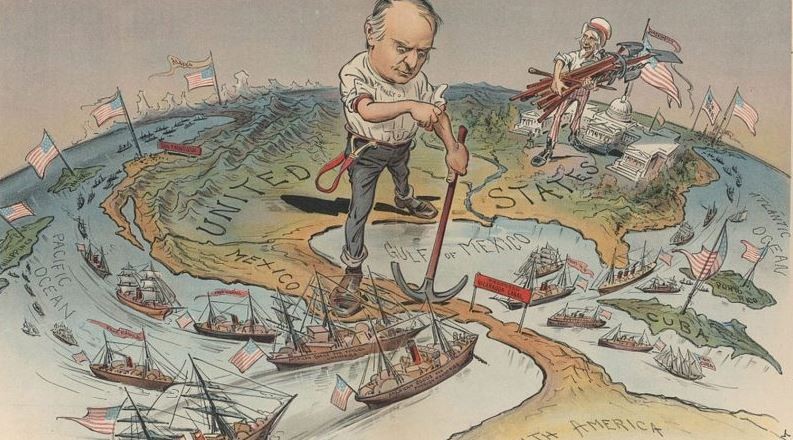
Interrupting Venezuela’s centennial independence celebrations by eight years came a colonial-inspired intervention. Threats of an attack regarding economic rifts with the “old continent” would spiral into direct action when Britain, Germany and Italy imposed a three-month naval blockade (December 1902 through February 1903) against Venezuela. Refusing to pay the country’s foreign debt and reparations to European citizens claiming financial damages in the wake of Venezuelan civil wars, Venezuelan President Cipriano Castro, would also see his forts at Puerto Cabello and San Carlos bombed by the triumvirate European belligerents. Any chance of Venezuela securing Essequibo under these conditions, conditions similar to that of Cuba’s Guantanamo Bay, were slim.
In 1966, when Guyana’s independence from Britain was officially consecrated, the British government, rather curiously, signed an accord with Venezuela recognizing Little Venice’s claim over the Essequibo region. A “tangled web,” one more elaborate and interwoven than Walter Scott had penned, was being “weave[d].”
Part 3
In 2015, 116 years after Essequibo was awarded to British Guiana, ExxonMobil struck black gold in the territory. One company executive described the find as being a “fairy tale” discovery. At the time, it was estimated that 11 billion barrels of oil lay beneath its soil.
Eight years on, in October 2023, Guyanese officials announced a “significant” new oil discovery off the Essequibo coast, increasing its oil-producing potential from 11 billion to as high as 25 billion oil equivalent barrels. They also green-lighted licensing bids to eight foreign and nationally-based companies to drill for crude. Two months later, Venezuela held a referendum to let its citizenry voice their opinion over whether or not the contested region belongs to them. One of the five questions asked whether Essequibo should be reincorporated into its national territory.
The yes vote, in favor of Venezuela’s claim over Essequibo, won an overwhelming majority at more than 95%. Promising to follow through on the mandate, Maduro appointed Major-General Alexis Rodríguez Cabello as the single provisional authority over the territory.
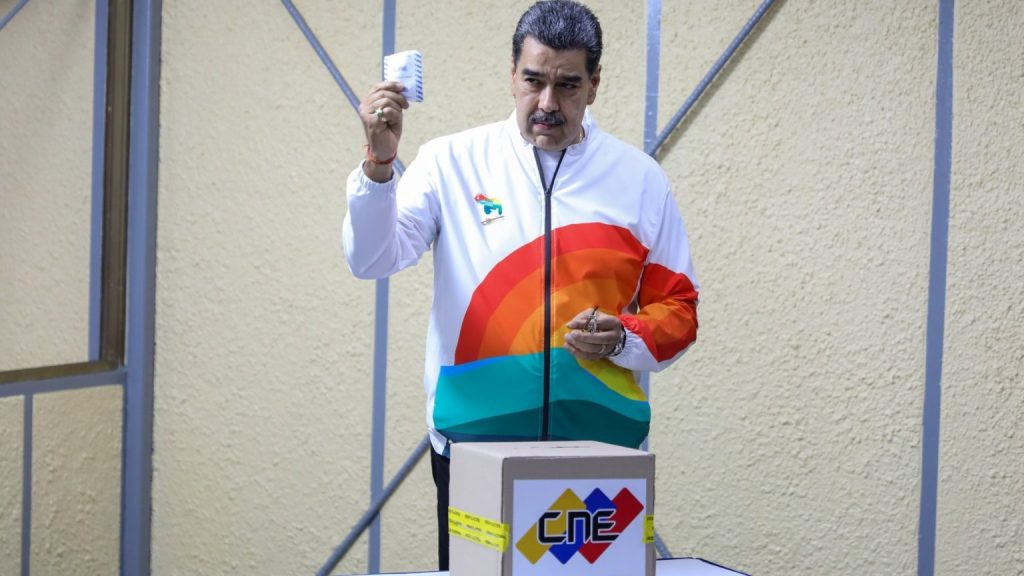
“People in the border region are very concerned,” said Guyana’s foreign minister, Hugh Todd, in response to the referendum. Making no mention of the historical trajectory that led to this point of contention, he added, “Maduro is a despotic leader and despotic leaders are very hard to predict.”
For his part, Guyana’s president, Irfaan Ali, placed the country’s defense forces on high alert against any threat of an attack by Venezuela following the referendum. Guyanese officials also contacted the United Nations to request assistance in resolving the dispute. Viewing the Venezuelan referendum as an “imminent threat to its territorial integrity,” Ali promised to “intensify precautionary measures to safeguard its territory.”
Whereas the Western press guaranteed coverage on the exchange of words between Venezuelan and Guyanese officials, a heavy dose of censorship prevailed in relation to remarks made by Venezuela’s Minister of Foreign Affairs, Yván Gil. Speaking at an international press conference on December 11, he emphasized that his country “is willing to seek shared development arrangements, which is precisely one of the arrangements that will be on the (negotiation) table” during roundtable talks held in the Caribbean nation of Saint Vincent and Grenadines on December 14.
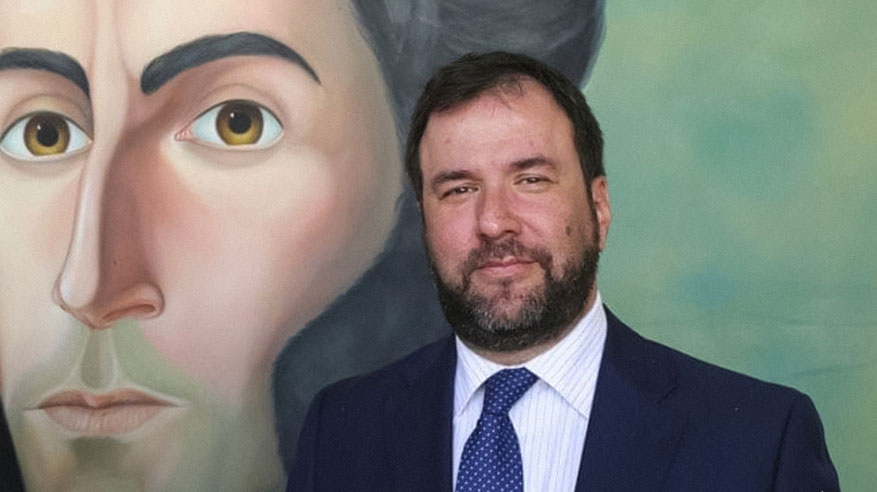
With the neo-colonial grindstone continuing to stoke division, confusion and enmity between countries and people in the so-called Americas, rumors of armed conflict or even war swirl rampantly.
Part 4
The International Court of Justice (ICJ) in The Hague is tasked with reviewing Venezuela’s claim over the Essequibo region. With the current sequence of events, however, that case might be placed on the back burner in deference to South Africa’s prosecution against Israel on charges of genocide.
Just the same, officials in Caracas have refused to recognize the UN-backed tribunal as an independent arbiter to make a just ruling. This decision came before 136 UN staff officials were killed by Israel’s bombardment in Gaza, according to the international body’s secretary-general, António Guterres. Despite the UN’s inability to enforce a majority of member-states calling for an immediate cease-fire in Gaza, another disputed territory where more than 25,000 Palestinians have been killed by Israel over the past three months and “everyone in Gaza is hungry,” ICJ magistrates have warned Venezuelan officials to “refrain from taking any action” that would alter Essequibo’s current status. Joan Donoghue, the presiding judge in the case, stated, “The court observes that the situation that currently prevails in the territory in dispute is that Guyana administers and exercises control over that area.”
The Saint Vincent negotiation talks were the first time Maduro and Ali had met face-to-face since relations between the two countries frayed further after the Venezuelan referendum (December 3, 2023). The meeting concluded with the Argyle Declaration, a joint statement signed between the two countries noting that “Under no circumstances will Guyana and Venezuela directly or indirectly threaten each other or use force against each other.…The Parties express their commitment to good neighborliness, peaceful coexistence and the unity of Latin America and the Caribbean.”
Tensions between the two South American countries reignited after the arrival of Britain’s Royal Navy patrol vessel HMS Trent to Guyanese shores. “It is the breaking of the spirit of dialogue, diplomacy and peace of the agreements,” Maduro said, adding that the presence of a British warship “practically” represents “a military threat from London.”
More on the disputed Essequibo region in Part III of Essequibo Means No Escape for Brazil in the Event of Conflict … And More.

CovertAction Magazine is made possible by subscriptions, orders and donations from readers like you.
Blow the Whistle on U.S. Imperialism
Click the whistle and donate
When you donate to CovertAction Magazine, you are supporting investigative journalism. Your contributions go directly to supporting the development, production, editing, and dissemination of the Magazine.
CovertAction Magazine does not receive corporate or government sponsorship. Yet, we hold a steadfast commitment to providing compensation for writers, editorial and technical support. Your support helps facilitate this compensation as well as increase the caliber of this work.
Please make a donation by clicking on the donate logo above and enter the amount and your credit or debit card information.
CovertAction Institute, Inc. (CAI) is a 501(c)(3) non-profit organization and your gift is tax-deductible for federal income purposes. CAI’s tax-exempt ID number is 87-2461683.
We sincerely thank you for your support.
Disclaimer: The contents of this article are the sole responsibility of the author(s). CovertAction Institute, Inc. (CAI), including its Board of Directors (BD), Editorial Board (EB), Advisory Board (AB), staff, volunteers and its projects (including CovertAction Magazine) are not responsible for any inaccurate or incorrect statement in this article. This article also does not necessarily represent the views the BD, the EB, the AB, staff, volunteers, or any members of its projects.
Differing viewpoints: CAM publishes articles with differing viewpoints in an effort to nurture vibrant debate and thoughtful critical analysis. Feel free to comment on the articles in the comment section and/or send your letters to the Editors, which we will publish in the Letters column.
Copyrighted Material: This web site may contain copyrighted material the use of which has not always been specifically authorized by the copyright owner. As a not-for-profit charitable organization incorporated in the State of New York, we are making such material available in an effort to advance the understanding of humanity’s problems and hopefully to help find solutions for those problems. We believe this constitutes a ‘fair use’ of any such copyrighted material as provided for in section 107 of the US Copyright Law. You can read more about ‘fair use’ and US Copyright Law at the Legal Information Institute of Cornell Law School.
Republishing: CovertAction Magazine (CAM) grants permission to cross-post CAM articles on not-for-profit community internet sites as long as the source is acknowledged together with a hyperlink to the original CovertAction Magazine article. Also, kindly let us know at info@CovertActionMagazine.com. For publication of CAM articles in print or other forms including commercial internet sites, contact: info@CovertActionMagazine.com.
By using this site, you agree to these terms above.
About the Author
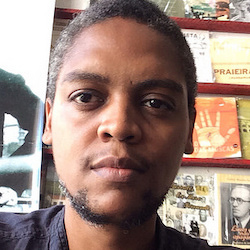
A former editor-at-large for African Stream and ex-staff writer at Telesur, Julian Cola is publishing a memoir of intimate, community-inspired stories titled “Proibidão (Big Prohibited): Off-Grid Correspondence From Brazil & Ecuador.”
The pre-launch is in December 2025. It includes media beefs and, having taught in the teaching-English-industrial-complex, the book discusses linguistic soft-power in the region and creative ways of dealing with it as mentioned in the essay, Listening To 2Pac In The Andes (Kawsachun News).
For more information contact: traducoessemfronteiras@protonmail.com










